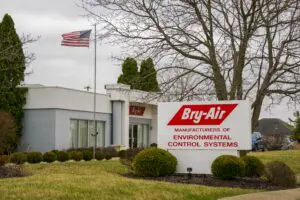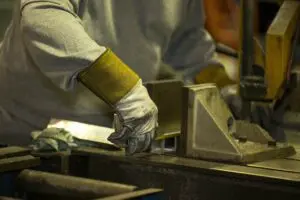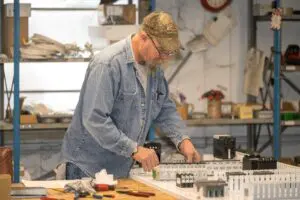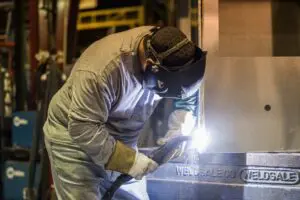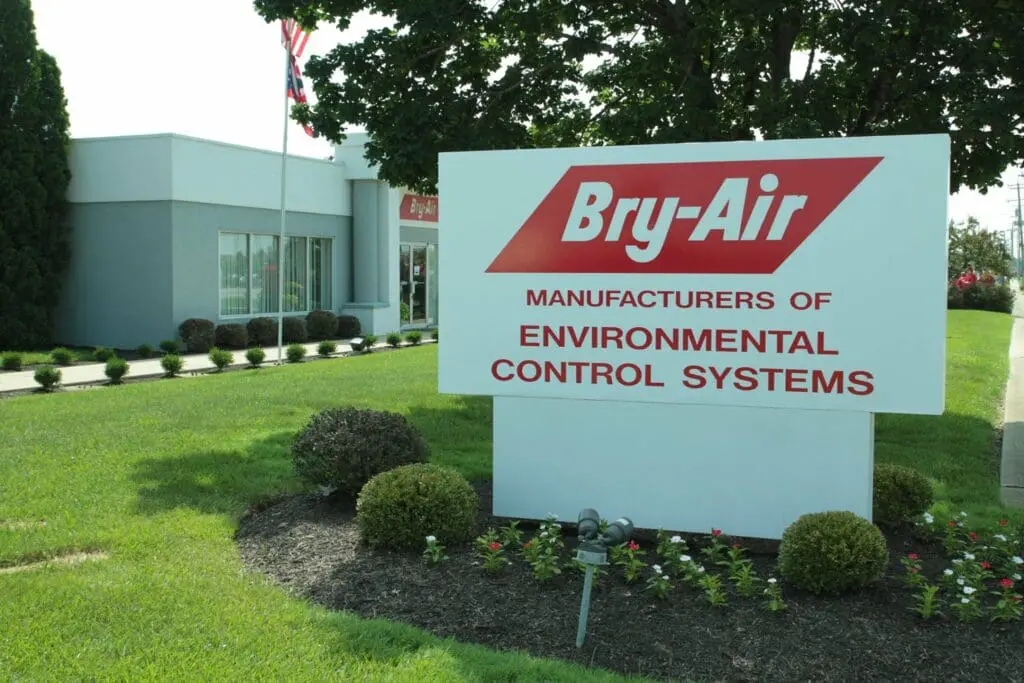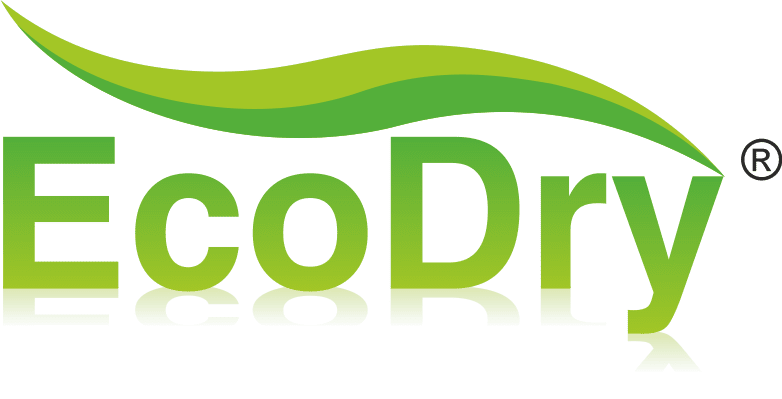Corrosion prevention is a widely varied job that combines the reduction of moisture with other solutions that prevent the depletion of the physical, mechanical, and chemical properties of a material. According to the Dehumidifier Buyer’s Guide, a 50-pint dehumidifier can remove more than 50 pints of moisture per day in a room with a temperature of 80° F at 100% relative humidity (RH). This demonstrates how important dehumidification is to the maintenance of industrial sites.
Corrosionpedia explains that corrosion is often experienced in plants, buildings, and construction in atmospheric conditions. It can take the form of pitting, galvanic corrosion, crevice corrosion, concentration cell corrosion, selective leaching, and other forms. This decaying process is usually measured by the thickness of the material, compared to a baseline determined when the material was new. Let’s take a look at how to get started with this prevention plan.
Inspection is the First Line of Defense
When setting up a prevention plan, the most important means of doing so is inspecting the material regularly. Inspections can find weaknesses in the current protective scheme, such as chipped paint or an overfilled and shut-down dehumidifier, allowing the protection to be repaired or corrosion to be ameliorated. If you inspect your site regularly, then it can be quickly identified, managed, and sometimes repaired.
Coatings Are an Important Protection
The first line of protection against corrosion is to coat material in some nonreactive material. Paint is a strongly anticorrosive material that can be used to coat an object that needs to be protected. Wood and other plant-based material can also be finished, varnished, or even oiled to protect them. This paint is a first-line protection that acts as a sacrificial barrier: The environmental hazard must beat through the painted-on protection to damage the material underneath.
Sacrificial Anodes Work for Metallic Corrosion
Galvanic corrosion is the process by which different metals, interacting electrically, corrode each other. This process can happen inadvertently, and often does happen inadvertently in ships. Many ships and other marine structures include blocks of material like zinc to protect them from galvanic corrosion. Zinc, which has many free electrons to lose, can be preferentially eroded in place of important structural metals. These anodes are frequently replaced.
Corrosion prevention is a process that needs consideration in industrial and commercial projects. Specialists can help you protect your assets. Call today for more assistance in setting up your corrosion protection scheme.

